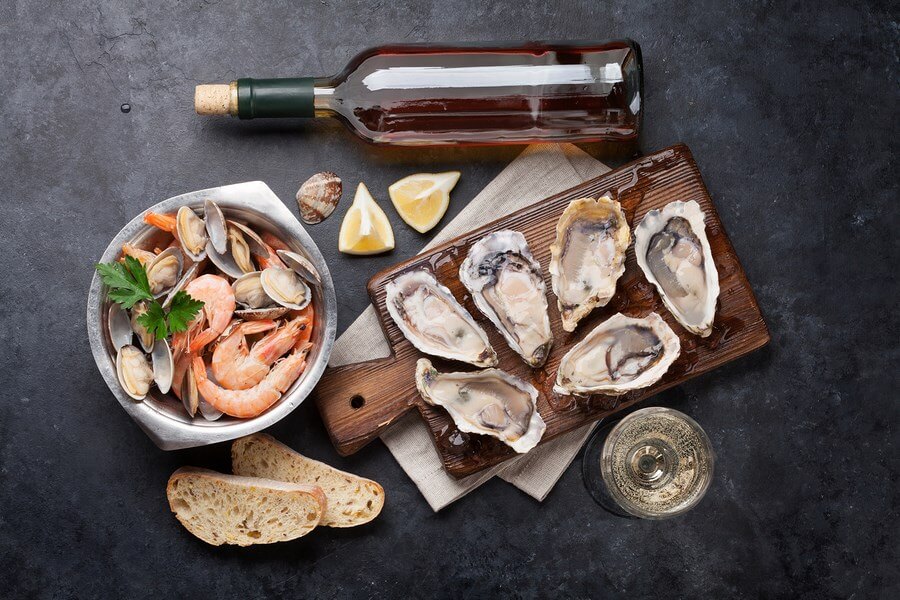Pairing wine with food isn’t as hard as you might think. There are a few simple rules which you can follow to create winning pairings when cooking at home for your family and friends.

Share this article
With these guidelines in your back pocket, you’ll pair wine perfectly with every delicious dish you make, time after time.
The Rules For Pairing Wine With Food:
Acidity:
There are a few things to be aware of when selecting a wine to pair with your meal. The first is to be aware of is a wine’s acidity. Although it may not have a particularly nice ring to it, acid in wine is actually a very good thing. It cuts through rich, creamy sauces, and fats. It’s also is perfect for dishes which are themselves high in acid. Sauvignon Blanc, unoaked Chardonnays, and dry Rieslings are wonderful pairings for acidic foods like salads with vinaigrette or lemony/citrus heavy dishes. Naturally, these high acid wines are lovely with lighter dishes like fish or poultry.
Wines with a high alcohol content don’t go well with spicy dishes. High alcohol percentage enhances spice and can make the level of spice seem more drastic.
Alcohol Level:
The next aspect of pairing wine to be aware of is the alcohol level of the wine. The higher the alcohol level, the trickier it can be to pair with many foods. That said, high alcohol wines go well with rich dishes like stews, grilled meats, and barbecued foods.
Wines with a high alcohol content don’t go well with spicy dishes. High alcohol percentage enhances spice and can make the level of spice seem more drastic to the consumer. Avoid wines like Shiraz and Zinfandel if you’re eating anything with chillies. Instead, for spicy meals opt for an off-dry, or slightly sweet wine. Read the label – while most wines are dry (i.e. not sweet at all), the wine label will usually tell you if the contents of your bottle are off-dry. Rieslings are a popular choice. Sweetness helps reduce the impact of spice in a dish. It is also wonderful with salty meals; just think of it as taking a sip of soda!
Try this delicious Beef Bourguignon recipe!
Tannins:
Tannins are mostly found in red wines. High tannin reds, like Cabernet Sauvignon, can taste a little bitter on the tongue. The way to combat this is with fats, in particular, with meat. The fats found in meat (say, a cut of steak) bind with the tannins to create a smooth sensation on your palate and both enhance the flavour of your food and make the wine easier to drink.
Pair Regionally:
Finally, a helpful cheat for food and wine pairings is to look at the regions. If you’re cooking up a regional classic, try to find a wine that comes from the same region – they’ll often go together beautifully! Beef bourguignon and Pinot Noir? Perfection. Or if you’re enjoying some fresh goat’s cheese, why not try a Sancerre from the Loire Valley? The two were made for each other.
Enjoying pairing wine with your food is all about enhancing the flavors through complementary pairings. With these useful tips, you’ll be able to tackle most food and wine pairings with ease.